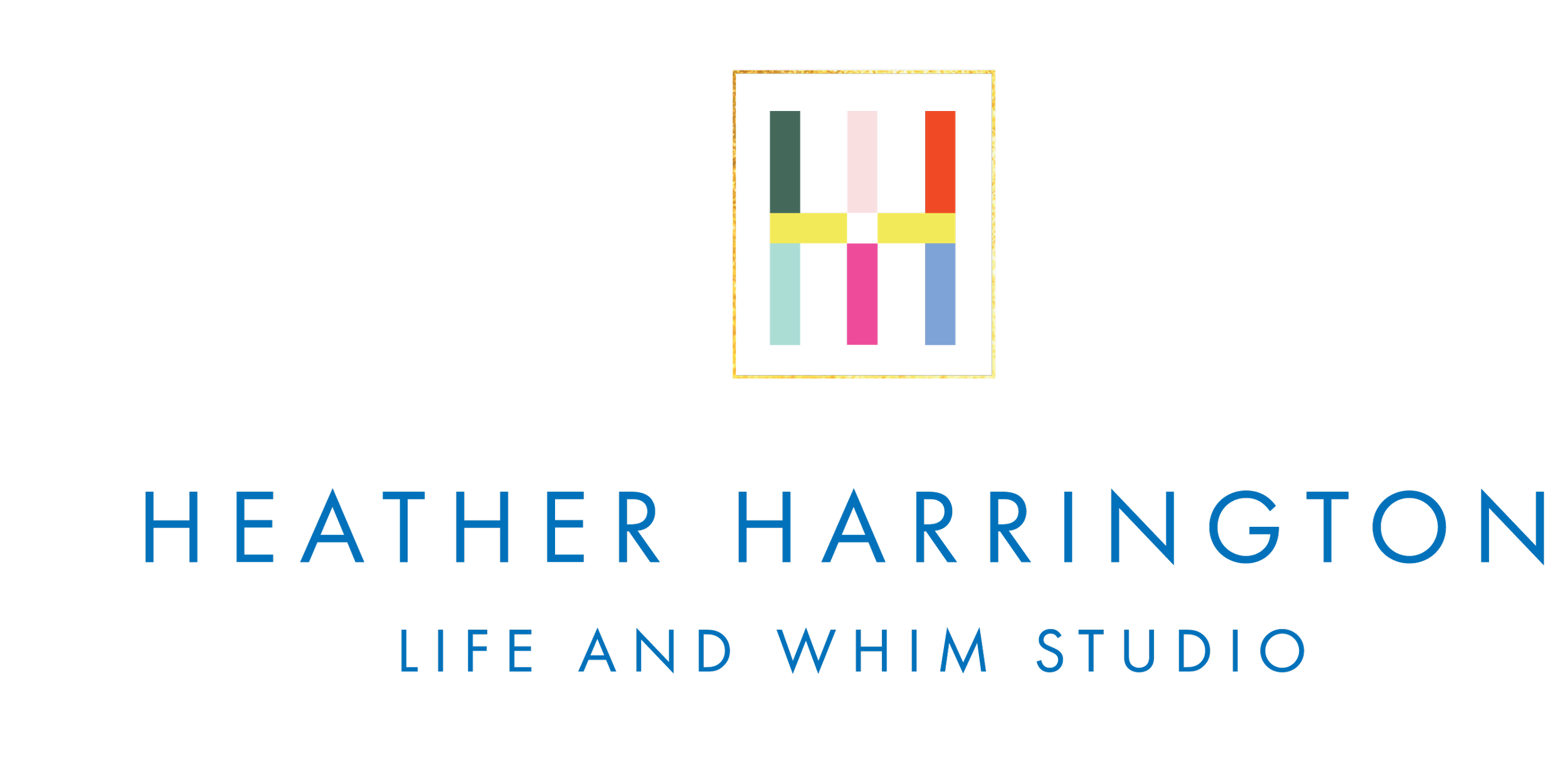How to Be Happy: Live in the Moment with a Plan for the Future
Have you heard the claim that every 7 to 10 years we essentially become new people, because during that time period, every cell in our bodies gets replaced by a new one? That’s right, our organs, bones, skin – it’s all new. That’s pretty remarkable, because there are more cells in your body than there are stars in the galaxy. Scientists estimate that our bodies consist of between 30 and 40 trillion cells – 30 to 40 TRILLION! – all working in unison, continually adapting and regenerating to meet our bodies’ needs.
It makes you wonder: If our bodies can so seamlessly adapt and change, why not our lives?
Recently, my friend and I had a conversation, which we try to do monthly, about our goals and aspirations, trials and tribulations. We’re both entrepreneurs, operating small businesses, and these conversations help us to sort and process what’s happening in our lives and work. Often our conversations center on what’s going on in the day-to-day. For various reasons, last week we felt the need to expand our minds beyond what was top of mind. There were changes that we both wanted to happen, but we realized that it was impossible to make changes, now, if we didn’t have a grip on what we wanted change to result in later.
Our cells, and therefore our bodies, change. It’s what they’re programmed to do. But changing our lives is a much harder proposition. Our minds are programmed to resist change. It’s hard wired into our DNA.
One of our most powerful survival mechanisms is the desire to be part of a tribe. In ancient times, if a member of the tribe (using today’s parlance) rocked the boat, ruffled feathers, or otherwise wasn’t a team player, he or she ran the risk of being cast out. This meant almost certain death out in the elements. Keeping one’s head down to avoid standing out was a good idea.
The longing to belong to a tribe endures, as does aversion to risk and desire to conform. There are still tribes, such as organizations we belong to, places we work, groups we associate with, and they remain essential to our lives. But there’s still risk of being cast out. In a bureaucratically run corporation, for example, new ideas are often suppressed because, “That’s not the way we do things here.”
Our instincts guide us away from risk, and therefore inhibit change, because they limit our thinking about what’s possible. We don’t fight for the future we want. Instead we fight to maintain the status quo. Often we don’t even consider the future.
Which brings us back to the conversation I had with my friend last week. What led us to a breakthrough was a simple question: What do I want my life to look like in five years?
Give it a try. It’s not as easy as it seems. At the very moment you get clarity about what you want your life to look like, all of the corresponding doubts (the cons to your pro) creep in. This is what author Steven Pressfield calls the “Resistance.” For every result you desire, five reasons why it’s not reasonable, practical, or possible come to mind. Things like “I’m too old,” “It’s too risky,” and “What will people think?”
Resistance comes from the outside as well. It’s difficult to recognize, because it’s often well meaning. Parents want to shield their kids from struggle, so they encourage their child to pursue a college education (“Something to fall back on”), rather than chasing a dream to be a writer, actor, artist, or entrepreneur.
While the desire for change still burns, the flame flickers more weakly due to the Resistance. As a result, it’s easier to ignore as the light dims.
In a short excerpt in his book The Republic, Greek philosopher Plato wrote what’s known as the “allegory of the cave.” It’s a story about prisoners chained in a dark cave since childhood, who know nothing but darkness. One prisoner eventually breaks free, and eventually bursts out of the cave into the blinding sunlight. It’s a painful adjustment, but he comes to realize that the reality he knew – the dark cave – is not, in fact, reality. Think Neo in The Matrix for a more contemporary example of the same principle, which is: If you never break free of the realities of today, you’ll never be enlightened to the possibilities of tomorrow.
For many of us, our minds are no different than Plato’s cave. We’re fearful to break free of convention and dare greatly. But it’s only by facing the fear, by staring wide-eyed into the light, that we can gain understanding of what’s possible. This means getting out of our heads and starting to act.
Change is hard, and takes time. Anything you do today, will have little impact on your life today. But something you do today, and every day thereafter, can have immense impact on what your life looks like five years from now.
Want to make a meaningful change in your life? Start by thinking about where you want to be in five years. Live in the moment, but make every moment be guided by a clear vision of your future dreams.

